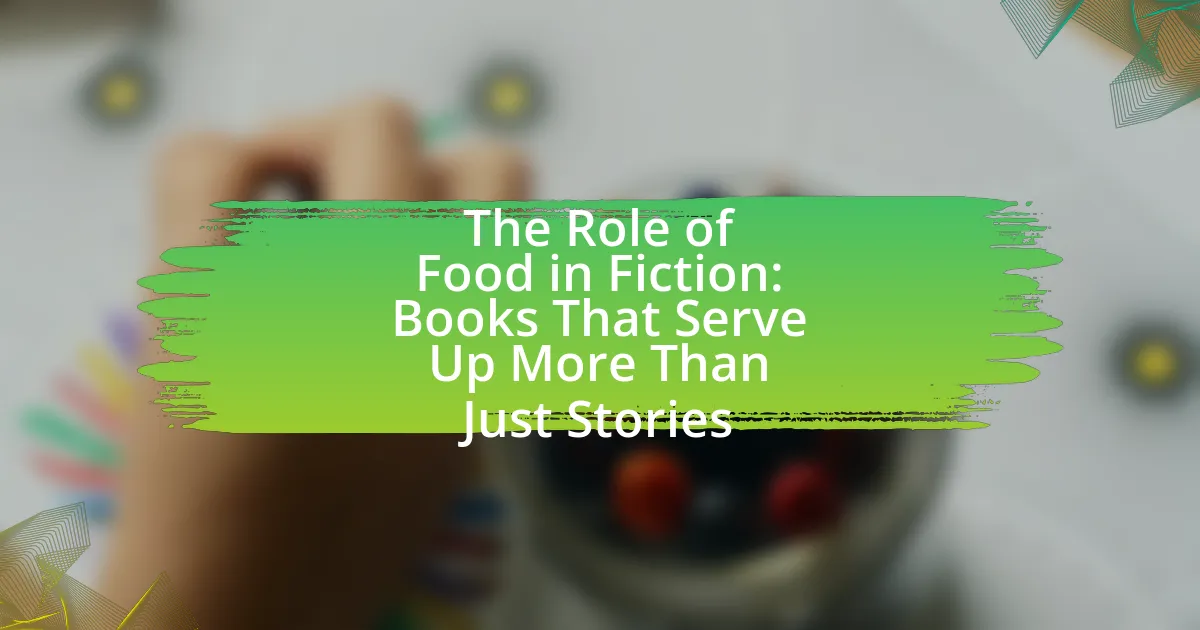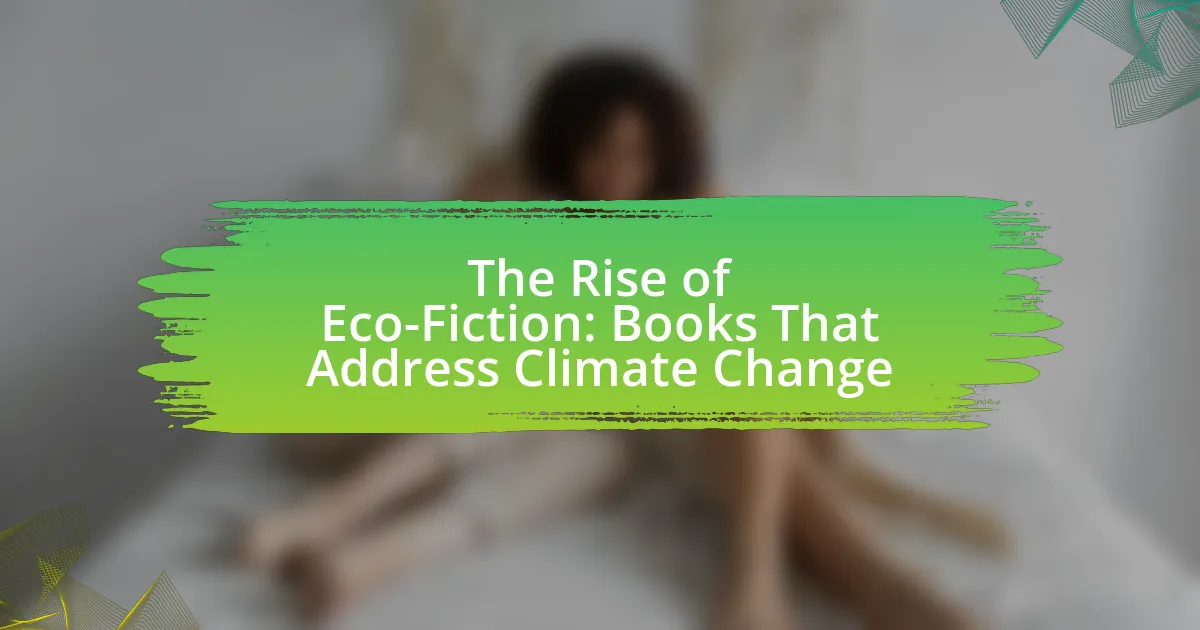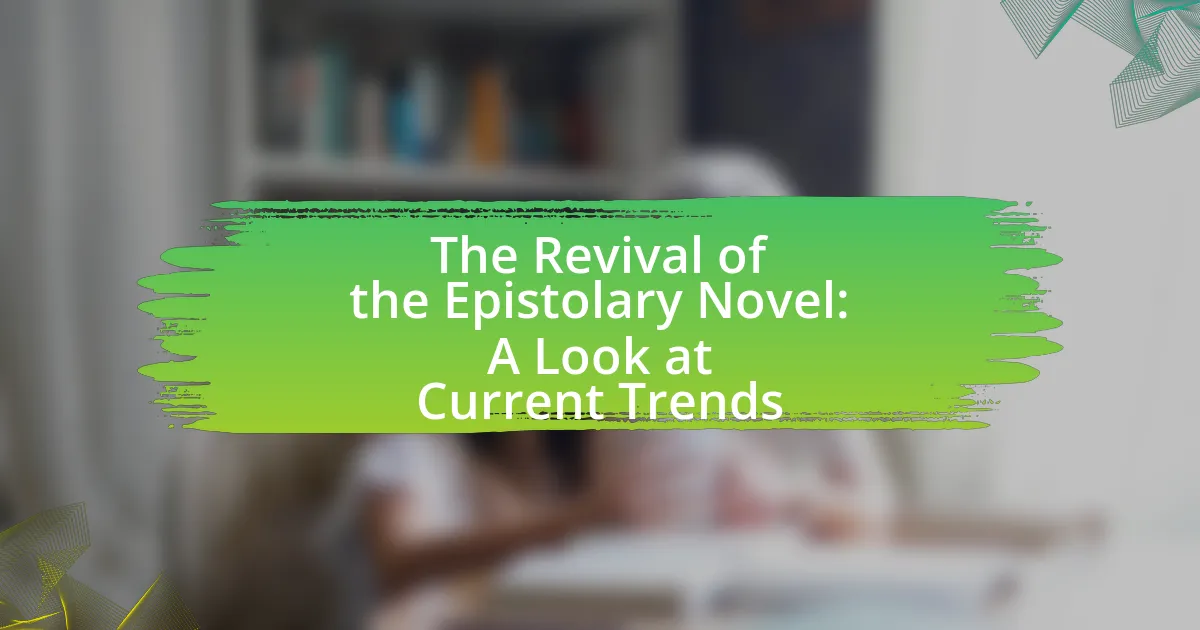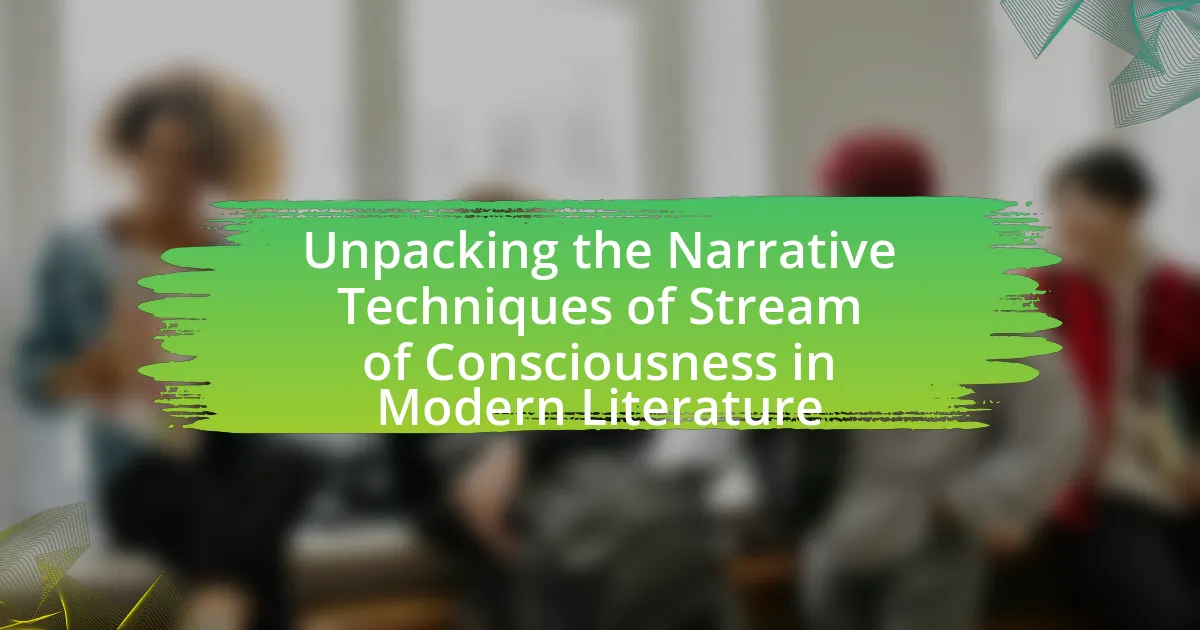Graphic novels are increasingly recognized as a significant form of literature, characterized by their integration of narrative storytelling and visual art. This article explores the defining features of graphic novels, their differences from traditional novels, and the elements that contribute to their literary value. It also examines the growing popularity of graphic novels, demographic trends influencing readership, and how they address complex themes such as identity and social justice. Highlighting standout graphic novels of 2023, the article discusses critical acclaim, prevalent themes, and unique storytelling techniques, while providing insights on how readers can engage with and analyze this evolving literary medium.
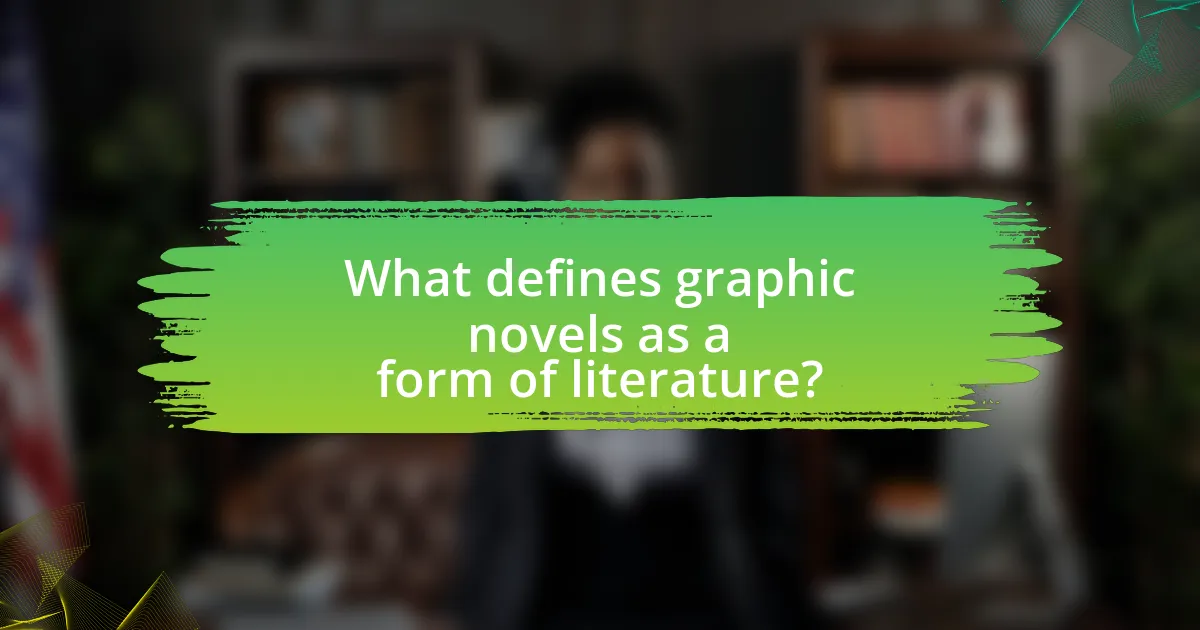
What defines graphic novels as a form of literature?
Graphic novels are defined as a form of literature by their combination of narrative storytelling and visual art, which together create a unique medium for conveying complex themes and emotions. This integration allows for a multifaceted exploration of characters and plots, often employing techniques such as sequential art, dialogue, and visual symbolism. The literary merit of graphic novels is supported by their recognition in literary awards, such as the Eisner Awards, which honor outstanding works in the genre, indicating their acceptance and significance within the broader literary community.
How do graphic novels differ from traditional novels?
Graphic novels differ from traditional novels primarily in their use of visual elements to convey storytelling. While traditional novels rely solely on text to develop characters, plot, and themes, graphic novels combine illustrations with text, creating a unique narrative experience that engages readers through both visual and literary means. This format allows for a more immediate emotional impact and can convey complex ideas quickly through imagery, as seen in works like “Maus” by Art Spiegelman, which uses visual metaphors to enhance the narrative of the Holocaust.
What elements contribute to the literary value of graphic novels?
The literary value of graphic novels is primarily contributed by their narrative structure, character development, visual storytelling, and thematic depth. Narrative structure in graphic novels often employs a unique blend of text and imagery, allowing for complex storytelling that can convey multiple layers of meaning simultaneously. Character development is enhanced through visual representation, enabling readers to connect emotionally with characters through their expressions and actions. Visual storytelling utilizes artistic techniques such as panel layout, color, and composition to evoke mood and pace, which enriches the reading experience. Thematic depth in graphic novels often addresses significant social, political, and personal issues, providing commentary that resonates with readers and encourages critical thinking. These elements collectively elevate graphic novels to a literary status comparable to traditional literature.
How do illustrations enhance storytelling in graphic novels?
Illustrations enhance storytelling in graphic novels by visually conveying emotions, actions, and settings that complement the narrative. This visual representation allows readers to engage with the story on multiple levels, as images can evoke feelings and create atmosphere more immediately than text alone. For instance, a character’s facial expression can communicate their emotional state, while the use of color can set the tone of a scene. Research indicates that visual elements can improve comprehension and retention of information, making the storytelling experience richer and more immersive.
Why are graphic novels gaining popularity in contemporary literature?
Graphic novels are gaining popularity in contemporary literature due to their unique ability to combine visual art with storytelling, making complex narratives more accessible and engaging. This format appeals to a diverse audience, including younger readers and those who may struggle with traditional text-heavy books. The rise of graphic novels has been supported by increased recognition in literary awards, with titles like “Maus” and “Fun Home” receiving critical acclaim, thereby validating their place in literary discussions. Additionally, the growth of digital platforms has facilitated wider distribution and readership, further contributing to their popularity.
What demographic trends are influencing the readership of graphic novels?
The readership of graphic novels is increasingly influenced by demographic trends such as age diversification, gender representation, and cultural diversity. Younger audiences, particularly millennials and Gen Z, are driving growth in graphic novel readership, with a 2021 survey indicating that 40% of graphic novel readers are under 30 years old. Additionally, the rise in female readership is notable; studies show that women now represent nearly 50% of graphic novel consumers, a significant increase from previous decades. Furthermore, the inclusion of diverse cultural narratives is attracting a broader audience, with publishers focusing on stories that reflect various backgrounds and experiences, thus expanding the market. These trends collectively indicate a shift towards a more inclusive and varied readership in the graphic novel sector.
How do graphic novels address complex themes and issues?
Graphic novels address complex themes and issues through a combination of visual storytelling and narrative depth, allowing for nuanced exploration of topics such as identity, trauma, and social justice. The integration of illustrations with text enables readers to engage emotionally and cognitively, enhancing their understanding of multifaceted subjects. For instance, works like “Maus” by Art Spiegelman tackle the Holocaust’s impact on personal and collective identity, while “Persepolis” by Marjane Satrapi examines the complexities of growing up during the Iranian Revolution. These graphic novels utilize symbolism and visual metaphors to convey intricate ideas, making them accessible and impactful for diverse audiences.
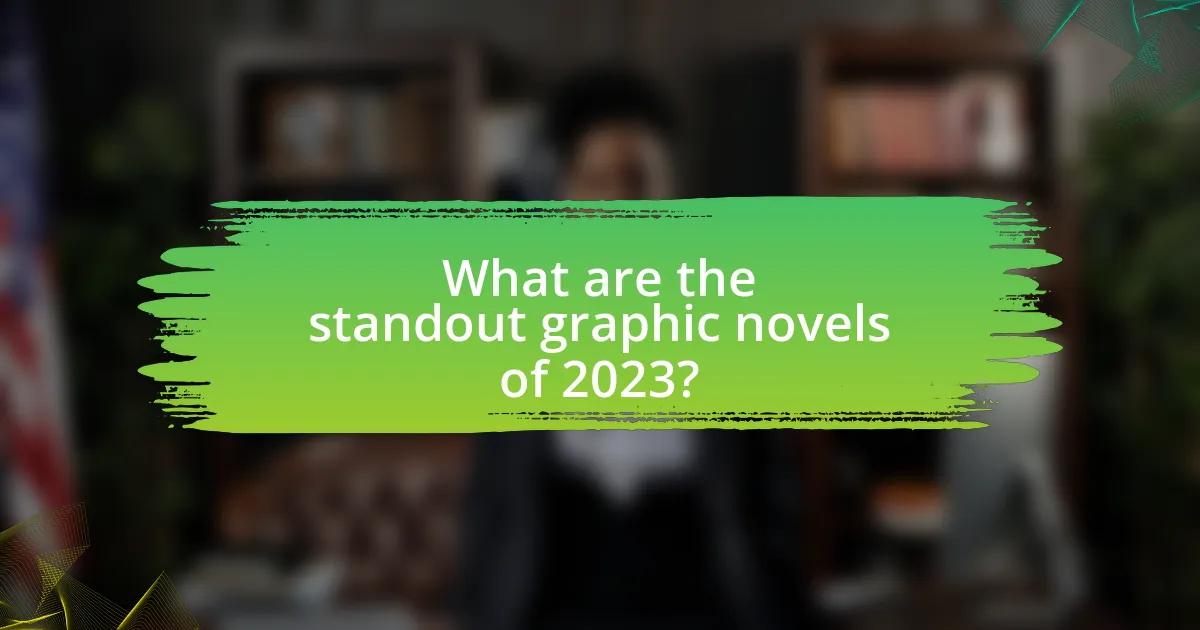
What are the standout graphic novels of 2023?
The standout graphic novels of 2023 include “The Magic Fish” by Trung Le Nguyen, “Lore Olympus: Volume Four” by Rachel Smythe, and “The Many Deaths of Laila Starr” by Ram V and Filipe Andrade. “The Magic Fish” has been praised for its beautiful storytelling and representation of LGBTQ+ themes, while “Lore Olympus” continues to captivate readers with its modern retelling of the Hades and Persephone myth. “The Many Deaths of Laila Starr” has garnered attention for its unique narrative exploring life and death through the lens of a goddess. These titles have received critical acclaim and recognition in various literary awards, solidifying their status as standout works in the graphic novel genre for 2023.
Which graphic novels have received critical acclaim this year?
Several graphic novels have received critical acclaim in 2023, including “Lore Olympus” by Rachel Smythe, “The Magic Fish” by Trung Le Nguyen, and “Monstress” by Marjorie Liu and Sana Takeda. “Lore Olympus” has been praised for its modern retelling of the Hades and Persephone myth, receiving accolades such as the Eisner Award. “The Magic Fish” has garnered attention for its exploration of identity and family through a blend of fairy tales and personal narrative, also winning the Eisner Award for Best U.S. Edition of International Material. “Monstress” continues to be recognized for its intricate storytelling and stunning artwork, earning multiple Eisner Awards in previous years, solidifying its status in the graphic novel community.
What themes are prevalent in the best graphic novels of 2023?
The prevalent themes in the best graphic novels of 2023 include identity, mental health, and social justice. Identity exploration is often depicted through characters navigating personal and cultural backgrounds, reflecting the diverse experiences of contemporary society. Mental health themes are increasingly represented, showcasing struggles with anxiety, depression, and trauma, which resonate with readers seeking understanding and representation. Social justice issues, including race, gender, and environmental concerns, are also central, as many graphic novels address systemic inequalities and advocate for change, reflecting current societal dialogues. These themes are supported by critical acclaim and reader engagement, highlighting their significance in the literary landscape of graphic novels this year.
How do the art styles in these graphic novels contribute to their success?
The art styles in graphic novels significantly enhance their success by creating visual engagement that complements the narrative. Distinctive art styles can evoke emotions, establish tone, and enhance character development, making the story more immersive. For instance, the use of vibrant colors and dynamic illustrations can attract a younger audience, while more subdued palettes may resonate with adult readers seeking depth. Additionally, unique artistic techniques, such as mixed media or unconventional layouts, can differentiate a graphic novel in a crowded market, leading to increased visibility and sales. This correlation between art style and reader engagement is evident in successful titles like “Saga” and “Maus,” where the art not only tells a story but also deepens the reader’s connection to the characters and themes.
What makes a graphic novel a must-read in 2023?
A graphic novel is a must-read in 2023 due to its innovative storytelling techniques and diverse representation of voices. This year, graphic novels have pushed the boundaries of traditional narratives by integrating complex themes such as mental health, identity, and social justice, making them relevant to contemporary issues. For instance, titles like “Lore Olympus” and “The Magic Fish” have garnered critical acclaim for their unique art styles and relatable characters, reflecting the experiences of marginalized communities. The rise of graphic novels in educational settings further emphasizes their importance, as studies show that visual storytelling enhances comprehension and engagement among readers.
What unique storytelling techniques are employed in this year’s top graphic novels?
This year’s top graphic novels employ unique storytelling techniques such as non-linear narratives, visual metaphors, and interactive elements. Non-linear narratives allow for complex character development and thematic exploration, as seen in works like “The Many Deaths of Laila Starr,” where the timeline shifts to enhance emotional impact. Visual metaphors are utilized to convey deeper meanings, exemplified in “Lore Olympus,” where color palettes and artistic styles reflect character emotions and themes. Additionally, interactive elements in graphic novels like “The Adventure Zone: The Crystal Kingdom” engage readers by allowing them to influence the story’s direction, creating a more immersive experience. These techniques collectively push the boundaries of traditional storytelling in graphic novels, making them a significant literary form in 2023.
How do character development and plot structure compare in these works?
Character development and plot structure in graphic novels of 2023 often exhibit a symbiotic relationship, where the depth of characters enhances the narrative arc. In works like “Lore Olympus” and “Saga,” character growth is intricately tied to the progression of the plot, with each character’s decisions driving the storyline forward. For instance, in “Saga,” the evolution of Alana and Marko as they navigate parenthood and conflict shapes the overarching narrative, illustrating how personal stakes can elevate plot tension. Similarly, “Lore Olympus” uses character development to explore themes of love and power, with the plot unfolding through the lens of Persephone’s transformation. This interplay demonstrates that in these graphic novels, character arcs are not merely supplementary but essential to the structural integrity of the plot, reinforcing the idea that well-developed characters can propel a compelling narrative.
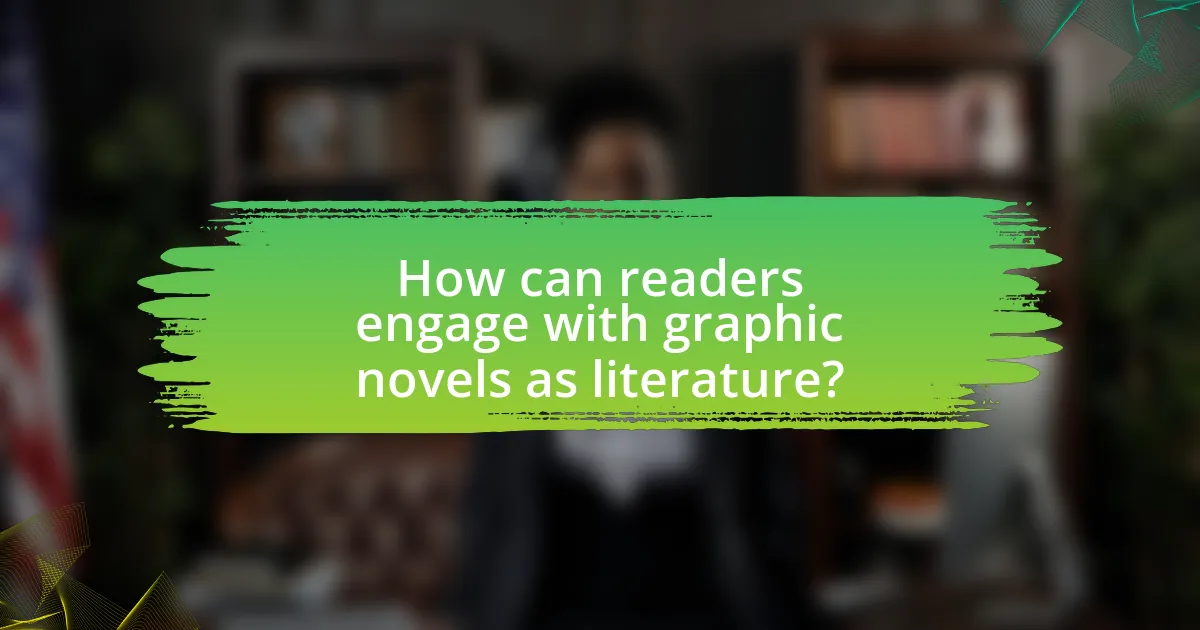
How can readers engage with graphic novels as literature?
Readers can engage with graphic novels as literature by analyzing their narrative structures, themes, and artistic styles. This engagement involves examining how visual elements complement the text, enhancing storytelling and emotional impact. For instance, studies show that graphic novels often employ unique panel layouts and color schemes to convey mood and pacing, which can deepen readers’ understanding of the narrative. Additionally, readers can participate in discussions or book clubs focused on graphic novels, fostering a community that explores literary techniques and cultural contexts. Engaging with critical essays or academic analyses of graphic novels can also provide insights into their literary significance, further enriching the reading experience.
What are the best practices for analyzing graphic novels?
The best practices for analyzing graphic novels include examining the interplay between text and visuals, understanding narrative structure, and considering cultural context. Analyzing the relationship between images and words reveals how they complement and enhance each other, which is crucial in graphic novels where both elements are integral to storytelling. Evaluating narrative structure involves identifying plot development, character arcs, and thematic elements, as these components shape the reader’s experience. Additionally, considering the cultural context provides insight into the social, political, and historical influences that inform the work, enriching the analysis. These practices are supported by scholarly discussions in texts such as “Understanding Comics” by Scott McCloud, which emphasizes the significance of visual literacy in graphic novel analysis.
How can readers appreciate the interplay between text and visuals?
Readers can appreciate the interplay between text and visuals by analyzing how illustrations enhance narrative elements and emotional depth in graphic novels. This appreciation is rooted in understanding that visuals can convey tone, setting, and character emotions that complement or contrast with the written dialogue. For instance, in “Maus” by Art Spiegelman, the use of anthropomorphic characters visually represents complex themes of identity and trauma, thereby deepening the reader’s engagement with the text. This synergy between text and visuals creates a richer storytelling experience, allowing readers to interpret layers of meaning that may not be present in text alone.
What questions should readers ask when evaluating a graphic novel?
Readers should ask several key questions when evaluating a graphic novel, including: What is the quality of the artwork and how does it complement the narrative? Is the story engaging and well-structured, with clear character development? How effectively does the graphic novel utilize the medium’s unique elements, such as panel layout and visual storytelling? Are the themes and messages relevant and thought-provoking? Additionally, what is the historical or cultural context of the work, and how does it compare to other graphic novels in the same genre or year? These questions help assess the overall impact and value of the graphic novel.
What resources are available for further exploration of graphic novels?
Resources for further exploration of graphic novels include academic journals, online databases, and dedicated websites. Academic journals such as “The Journal of Graphic Novels and Comics” provide peer-reviewed articles on various aspects of graphic novels. Online databases like JSTOR and Project MUSE offer access to scholarly articles and research papers related to graphic novels. Websites such as Graphic Novel Reporter and Comic Book Resources feature reviews, interviews, and articles that delve into graphic novel trends and analysis. These resources collectively enhance understanding and appreciation of graphic novels as a literary form.
How can readers find recommendations for graphic novels beyond 2023?
Readers can find recommendations for graphic novels beyond 2023 by exploring online platforms, literary blogs, and social media channels dedicated to graphic literature. Websites like Goodreads and comic book forums often feature user-generated lists and reviews that highlight upcoming releases and popular titles. Additionally, following publishers and authors on social media can provide insights into new works and trends in the graphic novel genre. Industry events such as comic conventions and book fairs also serve as excellent venues for discovering future graphic novels through panels and discussions.
What online communities exist for discussing graphic novels?
Online communities for discussing graphic novels include platforms such as Reddit, specifically the subreddit r/graphicnovels, where users share recommendations and reviews. Additionally, Goodreads has dedicated groups for graphic novel enthusiasts to discuss titles and authors. Facebook hosts various groups focused on graphic novels, allowing members to engage in discussions and share insights. These platforms facilitate interaction among fans and creators, fostering a vibrant community for graphic novel discourse.
What tips can enhance the reading experience of graphic novels?
To enhance the reading experience of graphic novels, readers should pay attention to the artwork and pacing. Engaging with the visual elements allows readers to appreciate the artistic style and how it complements the narrative. Additionally, taking time to absorb each panel can improve understanding of the story’s flow and emotional depth. Research indicates that visual storytelling can significantly impact comprehension and retention, as seen in studies on graphic literacy, which highlight the importance of integrating text and images for a richer reading experience.
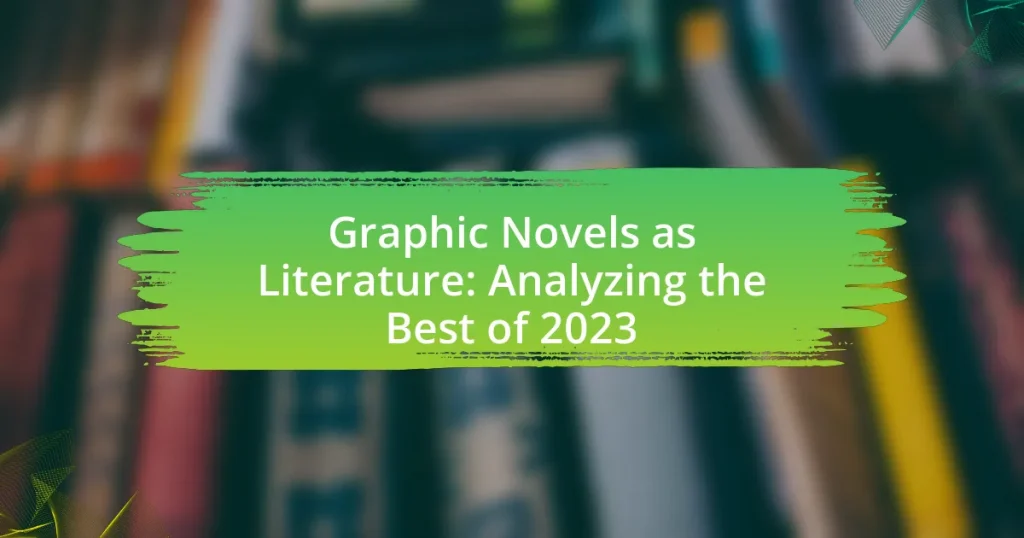
![The Role of Social Media in [Author’s Name]’s Success](https://hotkeyblog.com/wp-content/uploads/Featured-image-The-Role-of-Social-Media-in-Authors-Names-Success-150x150.webp)

